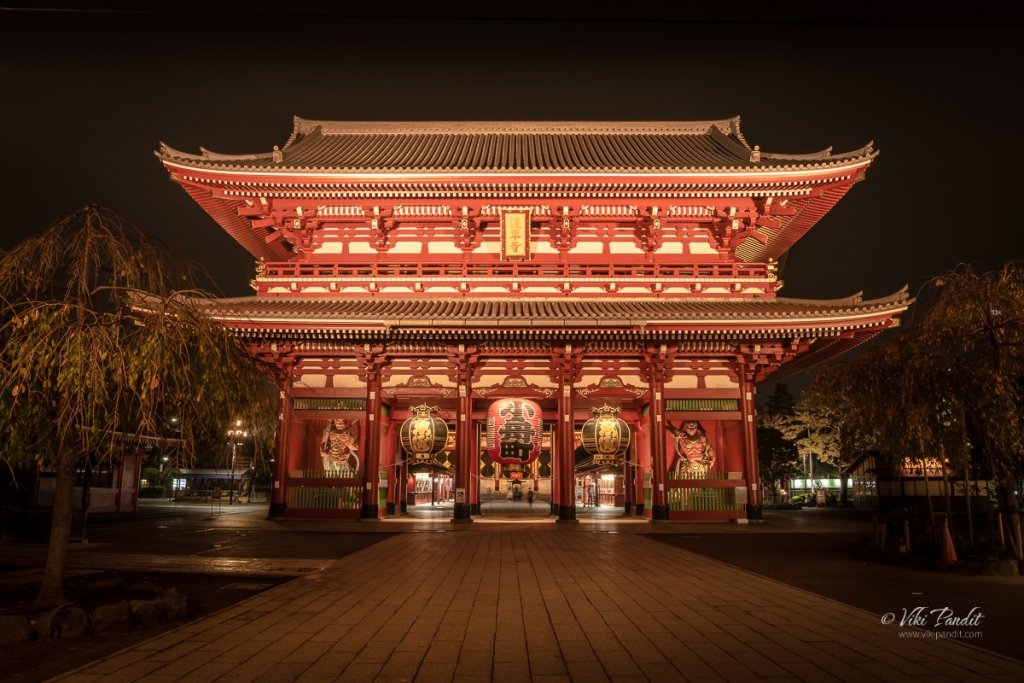Sensō-ji is an ancient Buddhist temple located in Asakusa, Tokyo, Japan. It is Tokyo’s oldest temple, and one of its most significant, built to honor Kannon, the goddess of mercy.
Kanto

Utsunomiya Castle Ruins
Today we walked down to Utsunomiya Castle, a flatland castle originally built during the Heian period in 1063. Once counted among the seven major castles of Kanto region, it was totally destroyed in war. The partially restored castle now functions as a park for city residents to relax in.
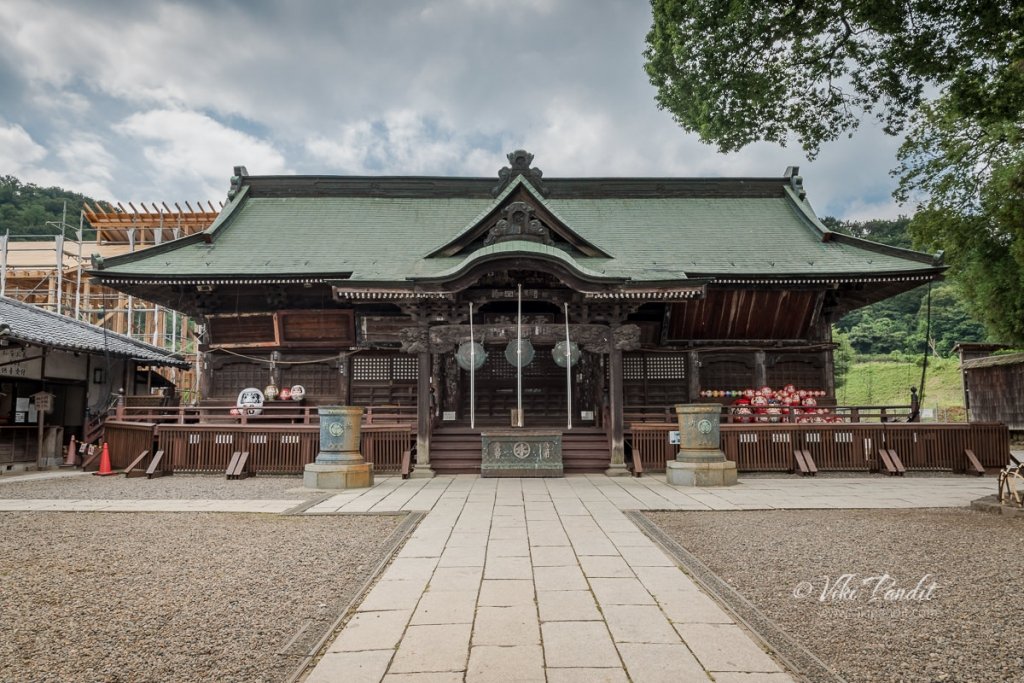
Daruma Dolls of Syorinzan Darumaji Temple
Today we head out to the Syorinzan Darumaji Temple in the Takasaki countryside. Constructed in 1697, the Zen temple is the birthplace of “Takasaki Daruma” dolls used as a talisman for good luck.

The shrines of Nikko
Today Mani & I visit the temples of Nikko in Tochigi. The vibrant temples at this World Heritage site are strikingly different in appearance from other temples I have witnessed in Japan. The lavishly decorated pillars and other structures are covered in a gold leaves and multitude carvings conveying expressions of religious belief as well as scholarship and philosophy.
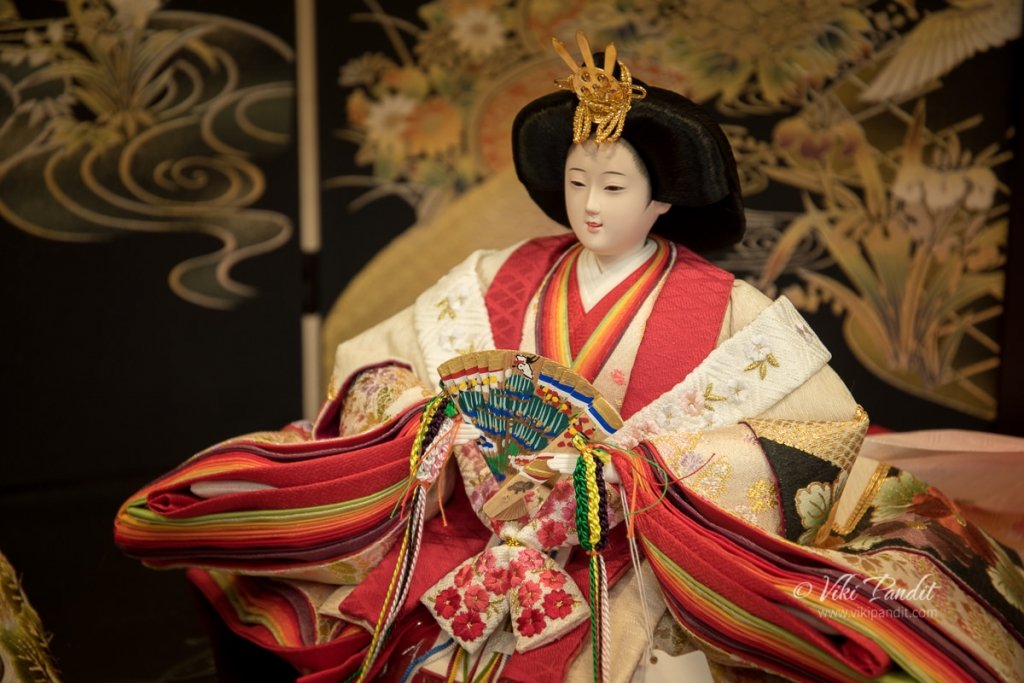
The cute dolls of Tougyoku Doll Museum
Today, we arrived in Iwatsuki to explore the remarkable Togyoku dolls at the Tougyoku Dolls Museum. The town is renowned for its rich doll-making heritage, boasting over 300 skilled doll-makers. This tradition dates back to the 1700s when the town’s Paulownia trees were discovered to be ideal for woodcarving. Soon the town became a center for the production of hina dolls, and the tradition continues to this day.
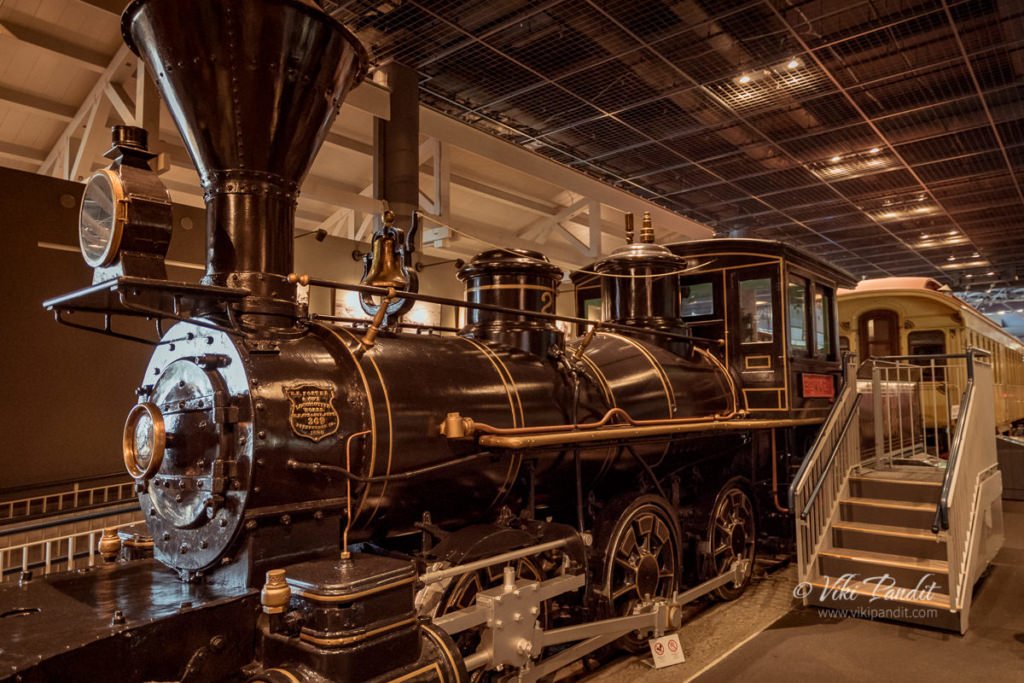
History of Japanese Railways
While we were in Kanto, I went down to see the Saitama Railway Museum that recounts the history of railway in japan. Operated by the East Japan Railway Culture Foundation, the museum features about 30 railway cars from different years as they have evolved to the enigmatic Shinkansen of today.

The picturesque Chiba Castle
Today we head up to the picturesque castle on a hilltop in downtown Chiba. The ruins of the Inohana Castle go back to early 1100’s when it was created by Chiba Tsuneshige, however the replica that stands today is from sketches of a late 16th century design that somewhat reduces the authenticity of the castle.

An evening at Enoshima
We traveled to Enoshima today, a small offshore island, about 4 km in circumference, at the mouth of the Katase River which flows into the Sagami Bay of Kanagawa. I was there to photograph Mt. Fuji, which I have heard looks stunning from the beach, but unfortunately the foggy weather foiled our attempts to catch the unique scene. However the beach is still an amazing place to spend an evening with your loved one.
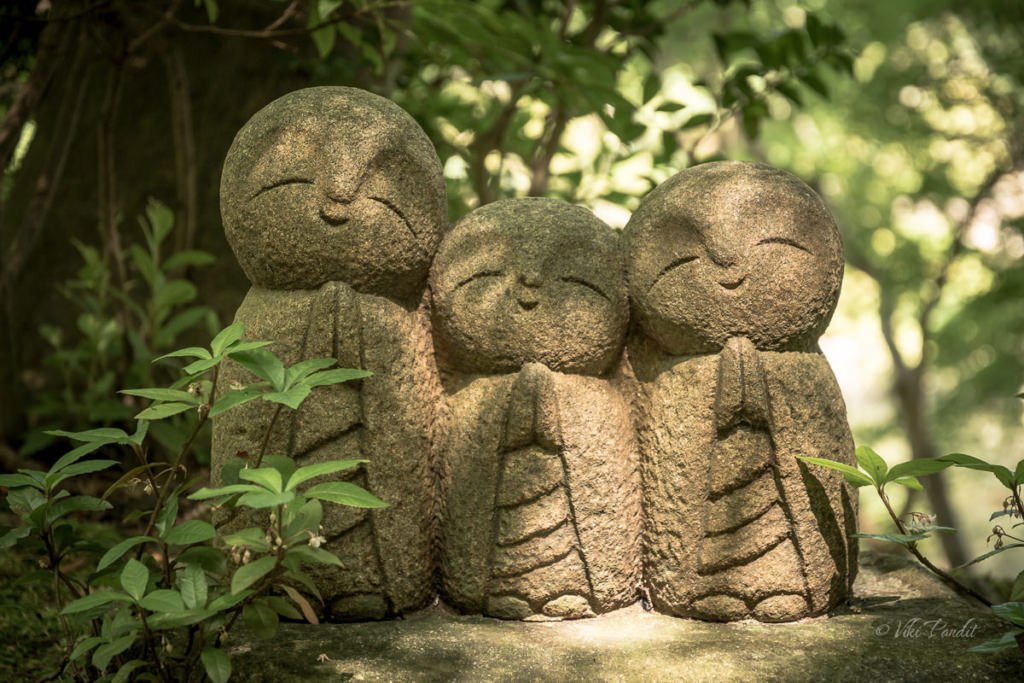
Jizo of Kamakura Hase-Dera
I went down to Kamakura today to take a look at the 1001 Buddhas at Hase Dera. The temple grounds is adorned with hundreds of small statues of the Jizo Bodhisattva, who helps the souls of deceased children to reach paradise.
